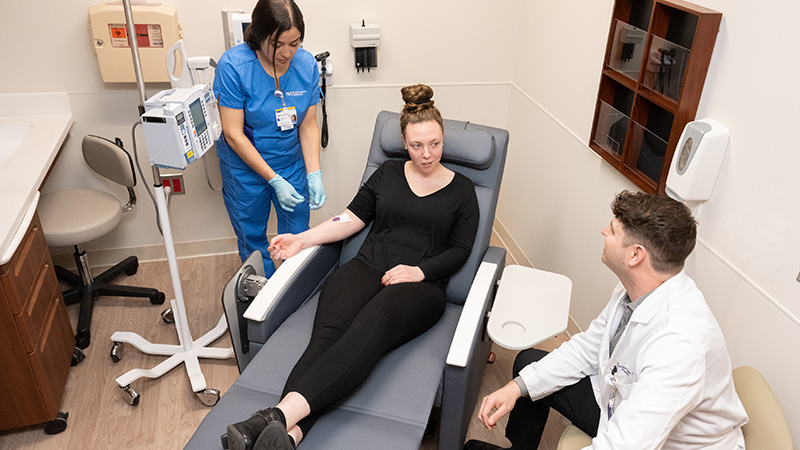The Battle Against Bullying
Published August 2019
Warning Signs and How to Respond
You tell your kids to wash their hands, not talk to strangers and to look both ways before crossing the street. But how do you help keep them safe from bullying?
According to a joint report from the National Center for Education Statistics and the Bureau of Justice, about 20% of students ages 12 – 18 reported in 2017 that they have experienced bullying. Learn the warning signs and what to do if your family is affected.
Bullying: The Power Imbalance
Bullying can take many forms, but it always includes some type of unwanted and aggressive behavior that involves a power imbalance, whether that be real or perceived. For instance, the bully may appear to have control or influence over the victim. This pattern of behavior can be seen in social, verbal or physical acts. Bullying in any of these forms can lead to long-term negative effects, such as physical harm, depression or anxiety.
Parents and caregivers are the experts at recognizing changes in a child’s behavior.— Zachary J. Sikora, PsyD
Northwestern Medicine Psychologist Zachary Sikora, PsyD, explains that bullying is much easier today because of the internet. “Cyberbullying is a whole new platform, and it can have quick, devastating consequences,” says Dr. Sikora. “Bullying used to end when you left the playground, but now that playground expands much further due to technology.” And when cyberbullying occurs, the sting — like a punch on the playground — doesn’t go away in a few seconds. Instead, hurtful words and images can stay online forever.
Signs That Your Child Is Being Bullied
Only about 20% to 30% of students who are bullied tell an adult about it, potentially because they fear making the situation worse, or worry about how an adult will react. However, “parents and caregivers are the experts at recognizing changes in a child’s behavior,” according to Dr. Sikora.
The disconnect between adults and children in the world of bullying can be bridged by recognizing some of these warning signs:
- Emotional changes. There may be changes in a child’s mood, and signs of anger or anxiety.
- Physical changes. Look for abnormalities in a child’s appetite, or if they complain of headaches or stomach pains that are out of character.
- Behavioral changes. Look for differences in a child’s activity level, abnormal avoidance of social situations, isolation, or talk of self harm.
Dr. Sikora explains that parents are the best at telling if something is out of the ordinary, so it is imperative to keep an eye out for warning signs. “If you feel something is wrong, ask the question,” he says. “But remember the child is feeling vulnerable already, so it is important to stay calm to lessen their fear of opening up. Ease into their discomfort.”
How to Respond to Bullying
Dr. Sikora emphasizes that the number one priority for parents must be their child’s safety, and immediate intervention is critical to help protect a child from long-term effects of bullying. Dr. Sikora advises that if you notice drastic changes in your child’s normal behavior, a plan of action can be very helpful. This could include getting in touch with your child’s school or amental health professional. Numerous resources are available to help you and your child work through a bullying crisis.
If you notice signs of depression, be direct. If you think a child might be having suicidal thoughts, be open and empathetic, and ask the child directly if they have had any thoughts about self-harm or dying. If you believe your child is considering self-harm or exhibiting signs of major depression, seek care at an emergency department.
When Your Child Is the Bully
If you suspect that your child is the bully, immediate intervention is just as important. “It is important for parents to model respectful behavior for their children,” Dr. Sikora says. “It is important to get the child linked with a mental health professional because something emotional inside the child is triggering the bullying behavior. We want to intervene quickly, so it does not perpetuate over time and become destructive.”





